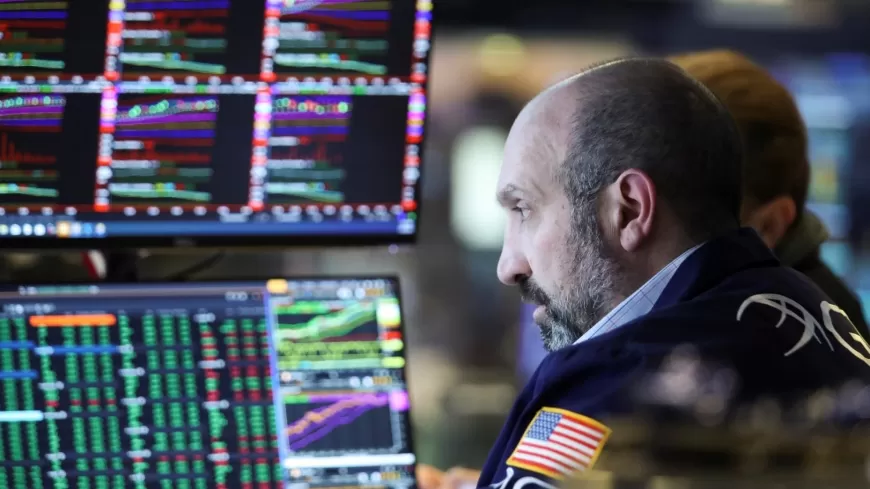U.S. Equity Funds See Largest Weekly Outflow as Investors Await Election and Fed Decision
U.S. equity funds experienced significant outflows before the election and Fed announcement, with billions pulled from growth and value funds, while bond inflows continued

In the week leading up to October 30, U.S. equity funds recorded their largest outflows in over a month, as investors moved cautiously ahead of the upcoming presidential election and a Federal Reserve policy announcement. The total net outflow from U.S. equity funds reached $5.83 billion, marking the highest weekly exit since late September.
Growth funds were particularly affected, with a net withdrawal of $4.06 billion, the highest single-week outflow for this fund category since early October. Value funds also experienced net outflows, totaling $2.19 billion, reflecting a general shift in investor sentiment as the market awaited key economic updates.
Outflows were concentrated in specific sectors, including industrials, gold and precious metals, and healthcare, which saw net outflows of $779 million, $392 million, and $278 million, respectively. However, the consumer discretionary sector attracted $478 million in net inflows, signaling investor interest in companies positioned to benefit from potential upticks in consumer activity.
Despite the cautious stance on equities, U.S. bond funds recorded their 22nd consecutive week of inflows, receiving $7.37 billion in new investments. Within this category, short-to-intermediate investment-grade funds saw an inflow of $3.18 billion, the highest in four weeks. Other areas of interest included general domestic taxable fixed income funds and municipal debt funds, which attracted net inflows of $2.9 billion and $659 million, respectively, as investors pursued more stable, income-focused investments.
In contrast, U.S. money market funds experienced net sales totaling $5.7 billion, a shift from the previous week’s inflows of approximately $30 billion, as investor priorities adjusted ahead of significant economic developments.
These fund flows reflect a trend of heightened caution among investors, who are preparing for potential market shifts influenced by the upcoming election and Federal Reserve policy decisions. As these outcomes unfold, fund flows may continue to adjust, reflecting the evolving market landscape and investor priorities for stability and selective growth.
Also Read: Fed Plans Another Rate Cut: What It Means for You After the Election






























































